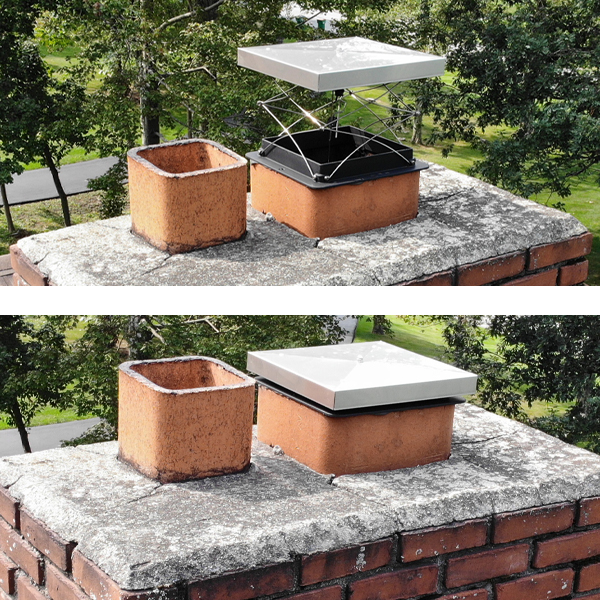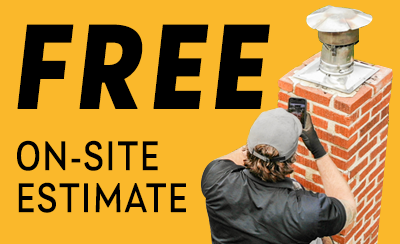Using Your Damper, The Correct Way
Winter has yet to begin, and powerful snowstorms are sweeping across much of the Buffalo, Rochester, and Western New York region, dumping as much as an inch of snow per hour. So, folks are firing up their fireplaces, stoves, and other heating appliances to keep their homes warm and comfortable. However, saving as much heat as possible inside your home is essential in cold weather. That’s why it is vital to understand how to use your damper the correct way.
 What is a Damper?
What is a Damper?
A damper is a device that regulates airflow in the flue. When open, oxygen enters the chimney to fuel the fire as the poisonous gases vent out of the home. Shutting the damper prevents outside air from mixing with the indoor air, increasing energy efficiency. In addition, you can adjust the damper to control the flame in your wood burning fireplaces, intensity and burn rate for a longer-lasting fire that consumes less fuel.
The Right Way to Use a Damper
First, the damper must be fully open when lighting a fireplace. Lighting a fireplace when the damper is shut is dangerous. It’s like starting a car in a closed garage. It will cause smoke and poisonous carbon monoxide exhaust to enter your home. So, how do you open or close the damper? That depends on whether your fireplace has a throat or top-sealing damper.
- Throat Damper: Most Erie and Monroe Counties homes and across the Buffalo-Rochester area have a traditional damper just above the firebox. It opens using a handle connected to a ratchet or turning a knob to control the airflow.
- Top-Mount Damper: This type of damper is a common throat damper replacement. It is installed on top of the chimney, functioning as a damper and chimney cap. Many homeowners find it simpler to operate. Pulling or releasing the chain opens or closes the damper.
Controlling or Throttling the Damper
After you open the damper and light the fireplace, wait a few minutes for the fire to build into a productive fire. Then, partially close the damper about one-third of the way. This will retain more heat inside your home, leaving plenty of room for the fumes to vent. If you still want more heat, close the vent a little more (about halfway). Closing the damper too much could create a downdraft, causing your home to fill up with smoke and harmful contaminants. If this occurs, open the damper to vent the fumes. You can also partially open a window or door to ventilate your home.
 When to Close the Damper
When to Close the Damper
When the fire burns out completely and is no longer smoldering, it is safe to close the damper. Doing so will increase energy efficiency while preventing the heated indoor air from escaping through the chimney.
Damper Repairs & Replacements in Greater Rochester – Buffalo, NY
A damper that doesn’t work smoothly may need repair or replacement. Also, having difficulty starting or maintaining a fire with the damper open is a sign that your chimney needs an inspection. From damper repair and replacements to fireplaces, stoves, and accessories, the Felgemacher Fireplace Shop has everything for your hearth. Call (716) 907-4914 or contact us online to schedule an appointment today!



